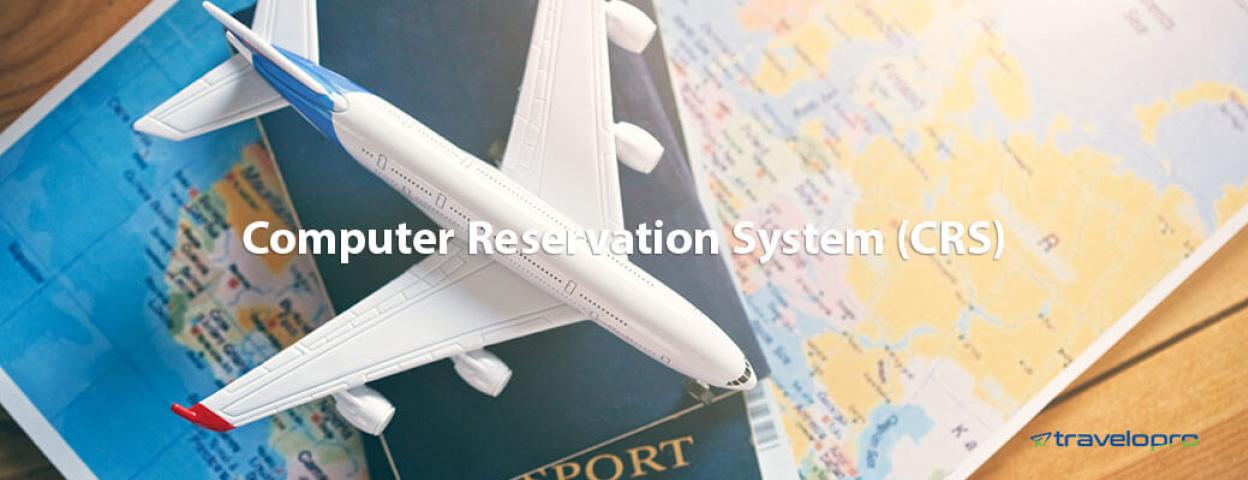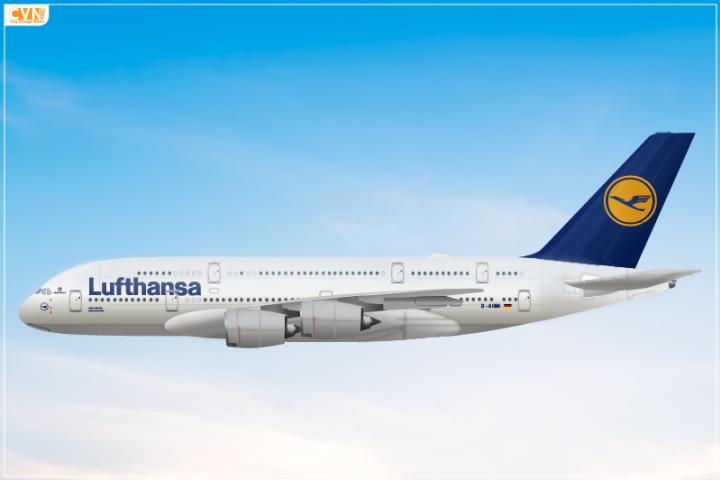For many years, Alitalia was Italy’s national airline, serving domestic and international routes. However, in October 2021, Alitalia ceased operations and was replaced by ITA Airways (Italia Trasporto Aereo). Despite this transition, many travelers still look for Alitalia Airline baggage rules, either out of habit or because they’re flying on routes formerly operated by Alitalia under ITA Airways.
If you’re planning a trip and want to understand the baggage policies that applied under Alitalia—as well as how they compare to ITA Airways’ current policies—this guide will walk you through all the details, including carry-on rules, checked baggage allowances, excess baggage fees, and special baggage policies.
1. Alitalia’s Carry-On Baggage Rules
Alitalia allowed passengers to bring one carry-on bag and one personal item on board, as long as they met the airline’s size and weight restrictions.
Carry-On Allowance:
-
Maximum Size: 55 cm x 35 cm x 25 cm (21.6 in x 13.7 in x 9.8 in)
-
Maximum Weight: 8 kg (17.6 lbs)
Personal Item Allowance:
-
Included a handbag, laptop bag, or briefcase.
-
Had to fit under the seat in front of you.
-
Duty-free purchases were allowed in addition to the standard carry-on.
If a passenger’s carry-on exceeded these limits, it had to be checked in, often incurring an additional fee.
2. Alitalia’s Checked Baggage Policy
The checked baggage allowance under Alitalia depended on ticket class and route.
Economy Class:
-
Short-haul flights (within Italy & Europe): Baggage allowances varied by fare type; some fares did not include free checked bags.
-
Long-haul international flights: 1 free checked bag up to 23 kg (50 lbs).
Premium Economy Class:
-
2 checked bags, each weighing up to 23 kg (50 lbs).
Business Class:
-
2 checked bags, each weighing up to 32 kg (70 lbs).
Checked Baggage Size Limit:
-
Each checked bag had to be 158 cm (62 inches) or less in total dimensions (length + width + height).
Passengers who exceeded these limits were required to pay overweight or extra baggage fees, which varied based on their destination.
3. Excess Baggage and Overweight Fees
Passengers traveling with extra baggage or overweight luggage had to pay additional fees.
Overweight Baggage Fees:
-
Bags weighing between 24-32 kg (50-70 lbs) incurred an extra charge.
-
Bags over 32 kg (70 lbs) were not accepted as checked baggage and had to be shipped separately as cargo.
Extra Bag Fees:
-
If a passenger needed to check more bags than their fare allowed, additional fees applied.
-
Buying extra baggage online in advance was usually cheaper than paying at the airport.
Fees varied based on the flight route and ticket class, so checking the airline’s baggage calculator before departure was recommended.
4. Special Baggage Rules
Alitalia had specific policies for sports equipment, musical instruments, and medical devices.
Sports Equipment:
-
Items such as skis, golf clubs, bicycles, and surfboards required pre-registration and often incurred additional charges.
-
Fees varied based on the size and weight of the equipment.
Musical Instruments:
-
Small instruments (violins, guitars) could be carried in the cabin if they met size restrictions.
-
Larger instruments required either an extra seat reservation or check-in as hold luggage.
Medical Devices & CPAP Machines:
-
Passengers carrying medical devices or mobility aids had to notify the airline in advance.
-
Battery-operated medical equipment had to comply with aviation safety regulations.
5. Baggage Benefits for Frequent Flyers
Alitalia’s MilleMiglia loyalty program offered additional baggage perks to frequent travelers.
-
Elite members were allowed extra baggage for free.
-
Higher-tier members (such as Freccia Alata and Freccia Alata Plus) received priority baggage handling.
When ITA Airways took over, the MilleMiglia program was discontinued and replaced with the Volare loyalty program, which has its own baggage benefits.
6. ITA Airways Baggage Policy: How It Compares to Alitalia
Since Alitalia no longer exists, passengers now follow ITA Airways’ baggage rules. While ITA Airways retains many of Alitalia’s policies, some changes have been made.
| Baggage Policy | Alitalia (Before 2021) | ITA Airways (Current) |
|---|---|---|
| Carry-on Size | 55 x 35 x 25 cm | 55 x 35 x 25 cm |
| Carry-on Weight | 8 kg | 8 kg |
| Economy Checked Bag | 1 x 23 kg (long-haul) | 1 x 23 kg (long-haul) |
| Business Class Bags | 2 x 32 kg | 2 x 32 kg |
| Extra Baggage Fees | Varies by route | Varies by route |
For the most up-to-date baggage rules, travelers should check the ITA Airways website or contact customer service before flying.
7. Packing Tips to Avoid Baggage Fees
To save money and avoid baggage issues, here are some useful packing tips:
✔️ Check baggage limits before booking – Ensure your ticket includes the baggage allowance you need.
✔️ Weigh your luggage at home – Use a luggage scale to avoid overweight fees.
✔️ Pre-book extra baggage online – This is often cheaper than paying at the airport.
✔️ Use a carry-on efficiently – Pack essentials in your carry-on to avoid checked baggage fees.
✔️ Label your luggage – Add a tag with your name and contact details for easy identification.
8. Conclusion
Although Alitalia ceased operations in 2021, many travelers still look for Alitalia airline baggage rules, particularly when flying with ITA Airways, which replaced Alitalia.
For passengers who previously flew with Alitalia, the baggage policies under ITA Airways are similar, but minor changes may apply. To avoid last-minute surprises at the airport, travelers should always check the latest baggage rules on ITA Airways’ official website before flying.
Understanding baggage policies in advance ensures a smooth, hassle-free travel experience, whether you’re a frequent flyer or an occasional traveler. Pack smart, follow the rules, and enjoy your journey!















